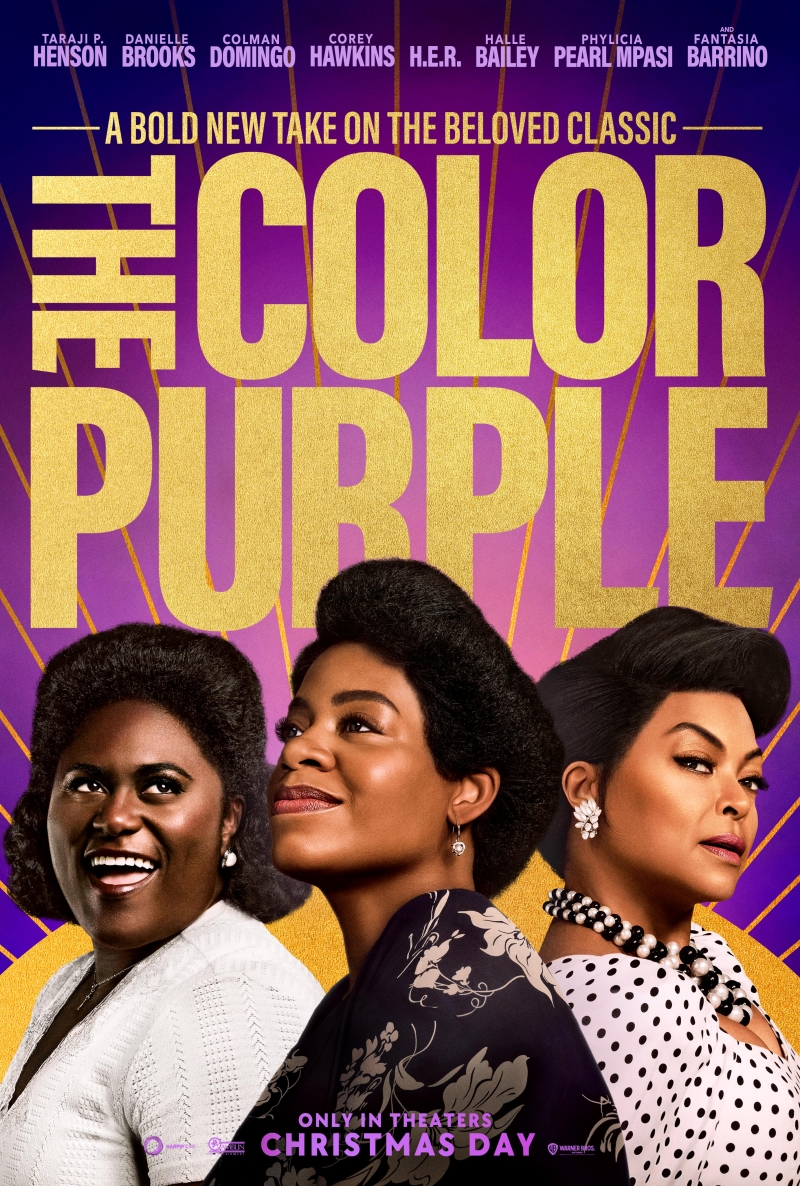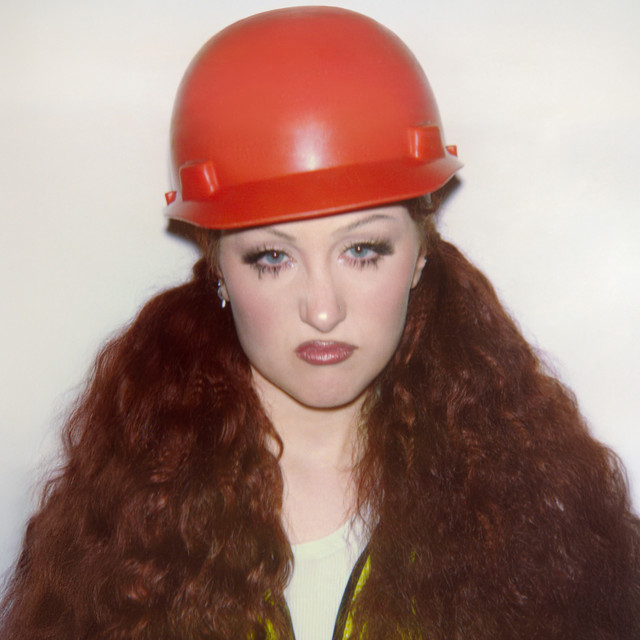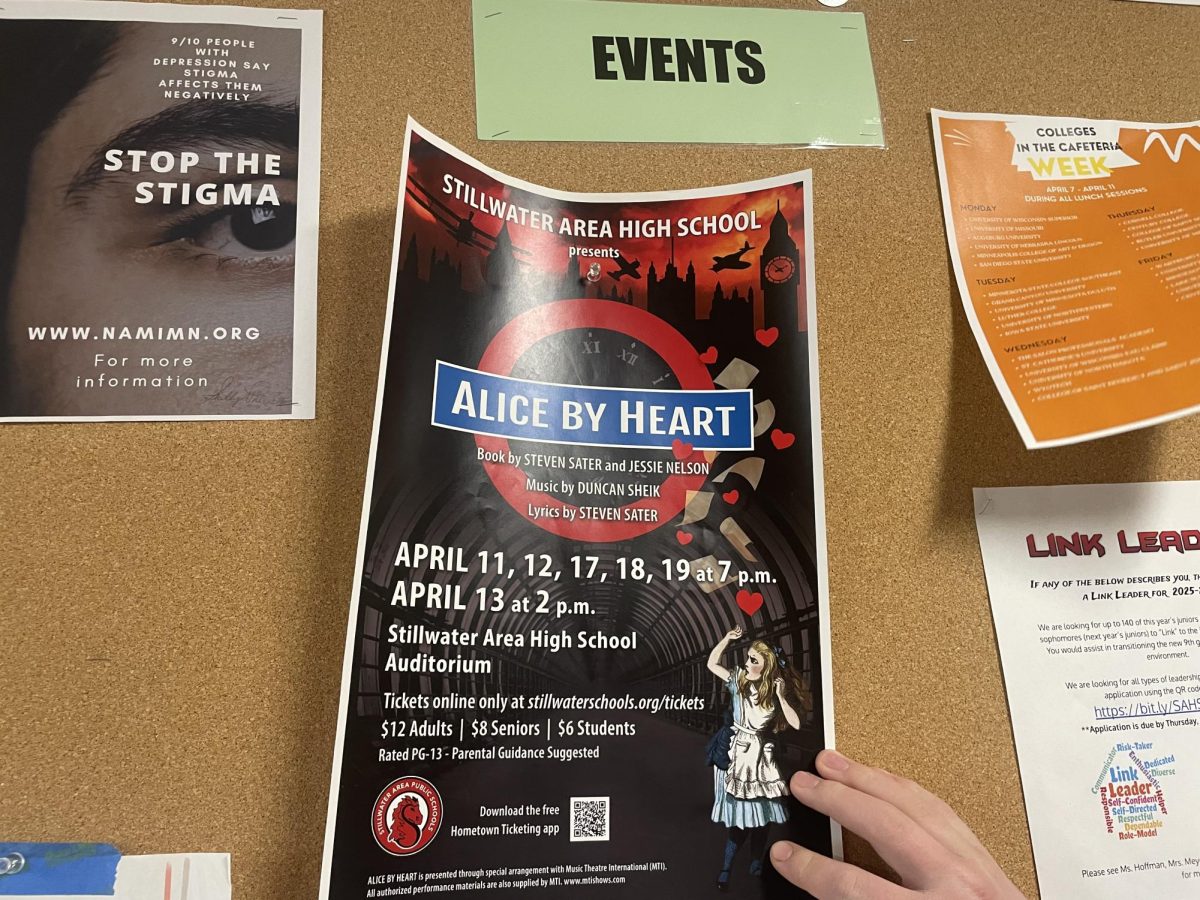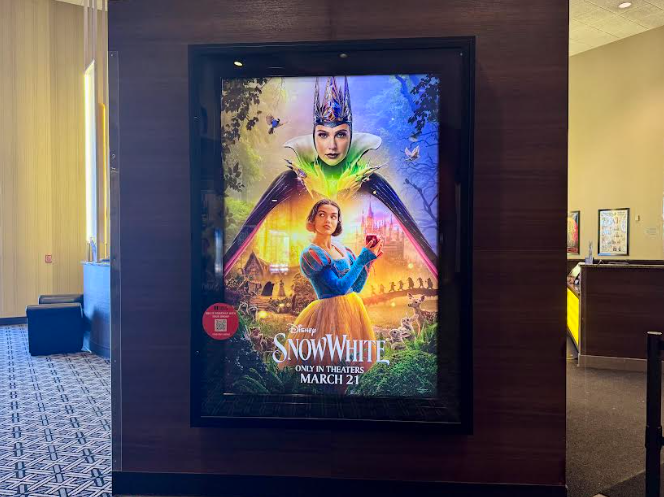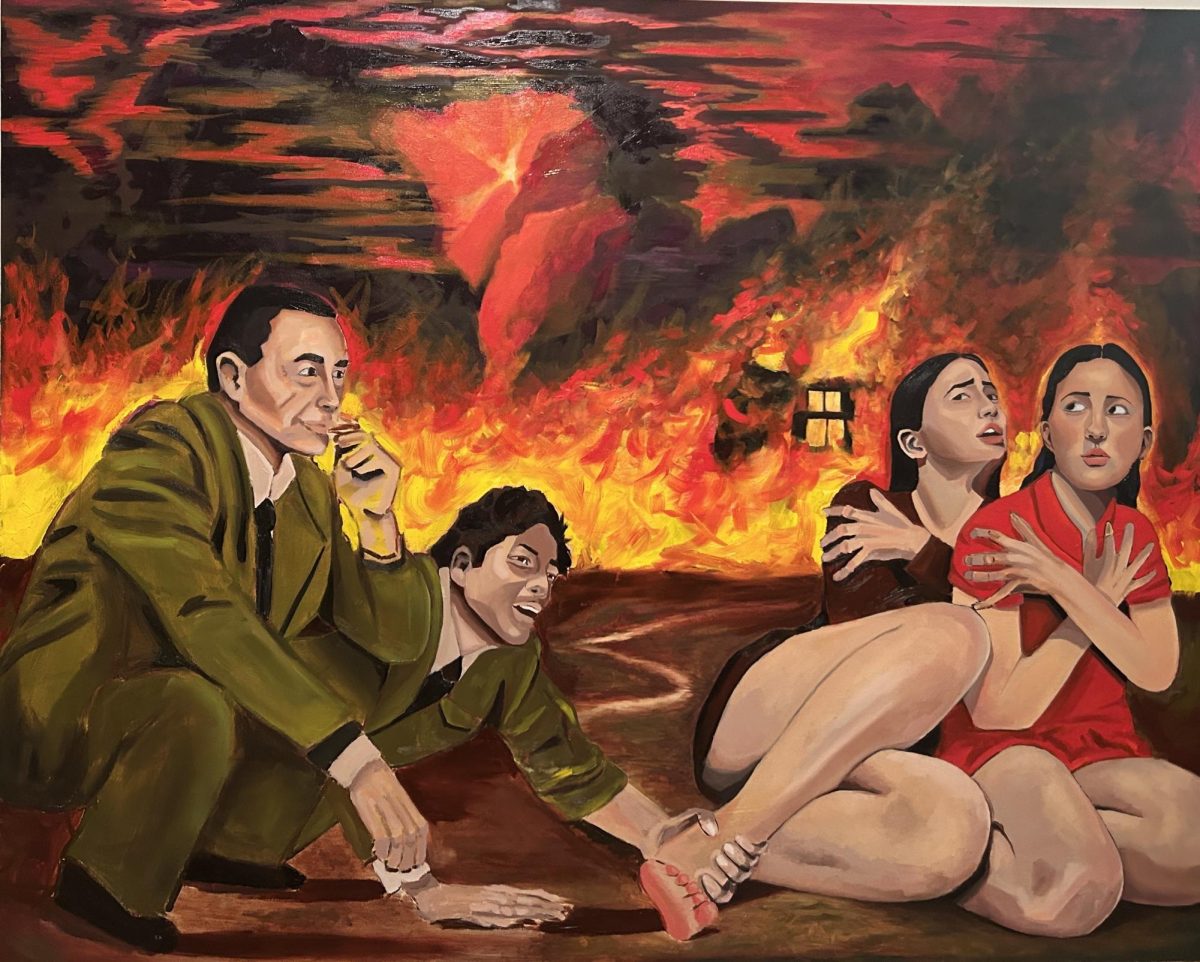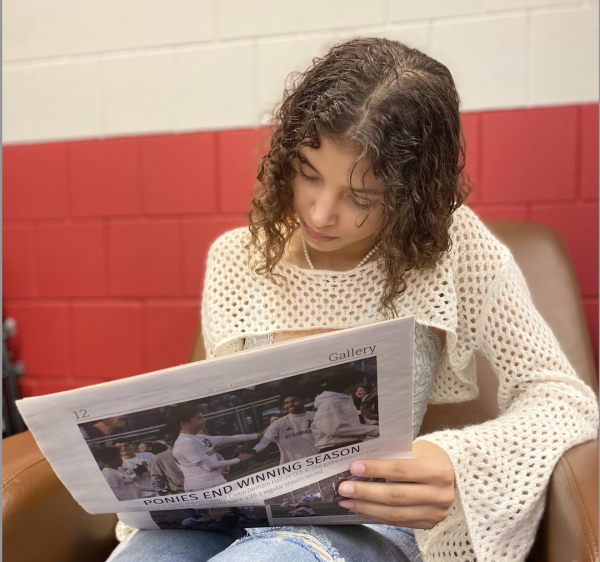The Color Purple is an impactful film showing the problems African-American women in the early 1900s faced including domestic violence, poverty and incest. Formerly a book turned movie turned musical, it hit the big screens with $18 million in tickets in the first week.
With so many adaptations it’s hard to feel like the movie is worth the watch. Though in some cases musical numbers felt out of place, the overall message was there and it was done beautifully.
The book begins with the main protagonist Celie, a 14-year-old African American girl who lives in Georgia. She is writing multiple letters to God because she is under the impression that no one else will listen to her since she is a victim of abuse from her father. Both physical and unfortunately sexual, and being pregnant for the second time by her father she has no one to turn to after her mother passed.
Steven Spielberg, who directed the first movie adaptation of Alice Walker’s 1982 novel, served as a producer of the musical adaptation as well as Oprah Winfrey, who played the role of the daughter-in-law Sofia in the 1985 film adaptation.
Now being taken on by filmmaker, author and singer-songwriter Blitz Bazawule, who at first did not see the point of a remake but decided he had nothing else to lose, creating a truly visual experience for the audience for 2 hours and 20 minutes.
With actors such as Fantasia Barrino as Celie, Taraji P Henson and former mermaid Halle Bailey as Nettie Harris. They are all extremely powerful and inspiring women, which is very fitting for the roles they have chosen to play.
This new adaptation puts Celie with more desires such as daydreaming of singing and dancing with Shung which was crafted as an attempt to try and acknowledge their love which Spielberg did not do much of in his 1982 adaptation.
Celie tries to imagine and work for a better life for herself, and not let the pain she has gone through hold her down. The film does not focus much on the violence she experiences though it does touch on it, the film mostly focuses on how she overcomes it.
Both films are articulated beautifully and both tell the story with such light despite the heavy contents that reside with it. Spielberg and Bazawule keep relationships in the film the same just at different intensities with different characters. Such as Celie and Sofia’s relationship because they are close friends in both adaptations. One difference is in the newer version Sofia gets arrested for slapping a white male which never happened in the 1982 adaptation.
As Nettie (Halle Bailey) said, “Dear Celie, we are more than just kings and queens. We are the center of the universe.
The pairs relationship in the 1982 version, we get a scene in of Nettie teaching Celie how to read which is not in the newer film, but their relationship is still beautiful.
This film is amazing for anyone who loves musicals. The vocals in the songs along with the dancing were beautiful. It does take away from the emotional impact at times, which is why I prefer the Spielberg adaptation or even the book itself because it has that raw emotion with such a heavy topic. Overall the movie was astonishing and a must-see for all ages.


